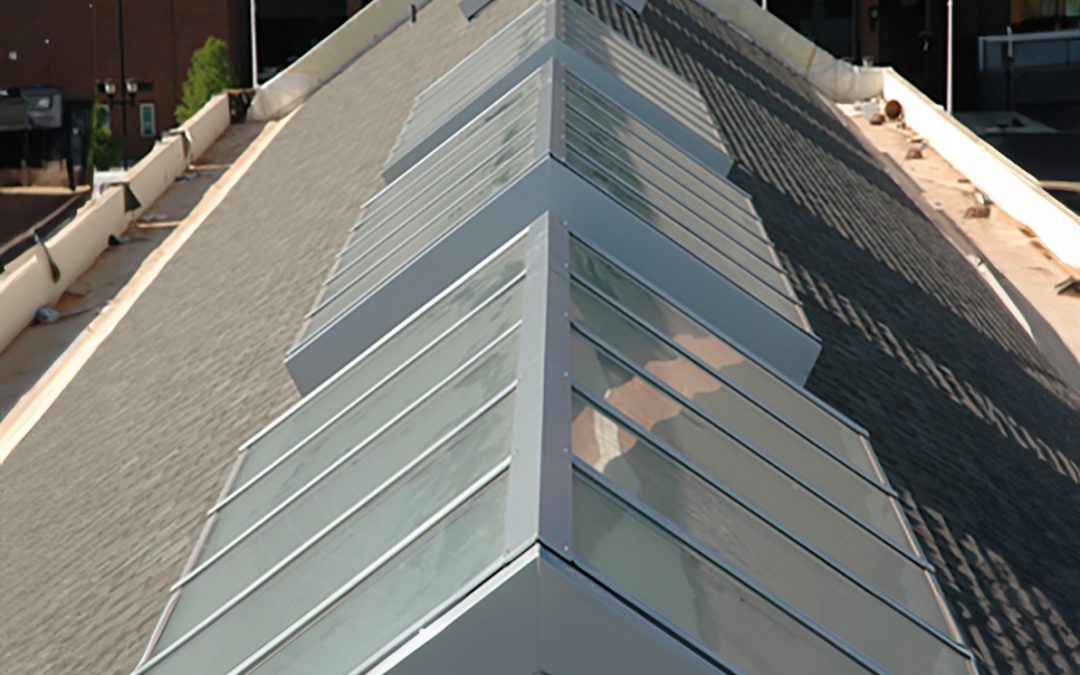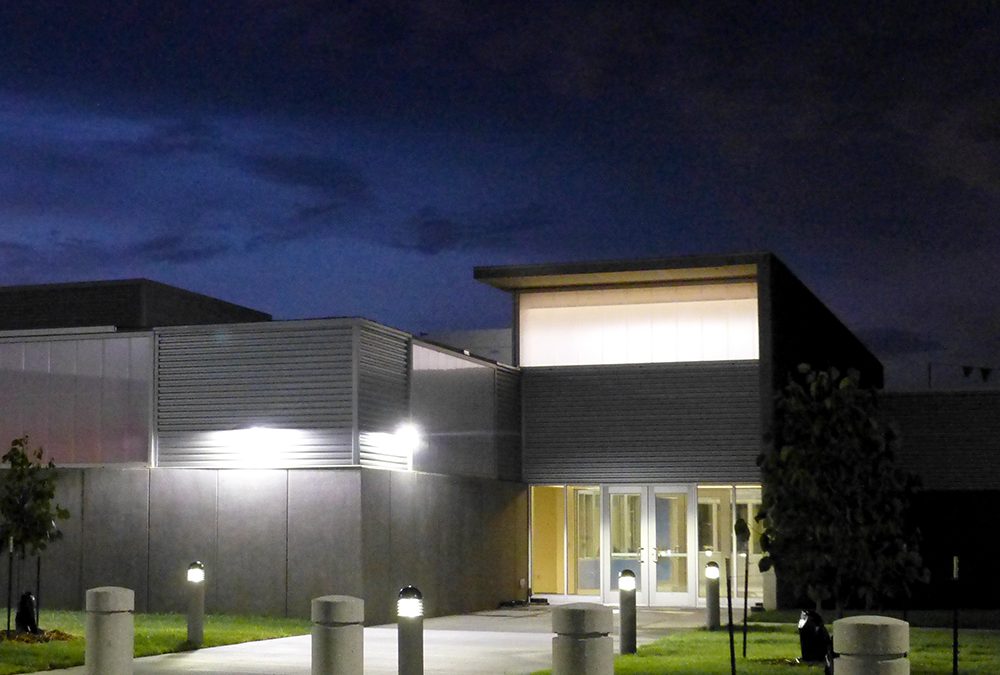Why full-spectrum light is the secret to better schools

People spend over 90% of their time indoors, including full-spectrum light in the school is vital to the health and well-being of the students.
People are inherently tuned to seek out daylight. It’s in our DNA that the sun is good for us, providing the activating source for vitamin D, and helping regulate our circadian rhythms (sleep/wake patterns).
Children spend as much as 40 hours per week in school buildings, especially when they participate in after-school activities. Much of this time is spent under artificial lighting and recess time outside is being cut as swiftly as school budgets. So it’s no surprise that there are numerous studies showing how exposure to sunlight during the day is good for learning. Here are a few of the highlights:
- From a two-year study of six schools in North Carolina comparing day-lit environments to regular classrooms:
- Students in full spectrum light were healthier and attended school up to 3.8 days more per year. Because of the additional Vitamin D received by students in full-spectrum light, they had 9 times less dental decay.
- Full-spectrum light-induced more positive moods in students. Libraries with superior light resulted in significantly lower noise levels.
- In Wake County, Durant Middle School noted that natural lighting had a positive effect on students’ attitudes and performance, and displayed lower levels of hyperactivity in the classroom.
- The Capistrano School District in Orange County CA found that students with the most daylighting in their classrooms progressed 20% faster on math tests and 26% faster on reading tests in one year than those with the least amount of daylighting.
- The Poudre School District in Ft Collins CO found a 7% improvement in test scores in those classrooms that used daylighting and a 14% to 18% improvement for those students in the classrooms with the largest window areas.
The additional benefit of energy savings also makes daylighting a solid choice:
- A recently completed conventionally designed middle school of comparable size and construction to Durant (North Carolina) middle school had a typical energy load of approximately 77,000Btu/ft2/yr, whereas Durant used only 35,000 Btu/ft2/yr, an overall reduction of more than one half.
- Although the extra professional time allocated to design and testing added an estimated $115,000 to the total construction cost, the reduction in total energy use in Durant Middle School will yield savings of $165,000 per year.
- The Bethune Elementary School in Rochester, NY currently saves more than 119,000 kW/hr annually in energy use which translates into $15,040. Based on EPA estimates, the reduction in lighting energy use from this school will result in lower annual emissions of toxic chemicals and compounds that contribute to acid rain and smog.
Daylighting is easy to include in school plans. Adding skylights in place of fluorescent lighting in main hallways and gathering areas, as just one example, helps with sunlight exposure and cuts down energy use. The addition of a classroom greenhouse gives other opportunities for learning while getting valuable exposure to sunlight.
There are many studies available to show that poor or inappropriate lighting in schools can adversely affect children’s health and their ability to learn. Since people spend over 90% of their time indoors, including full-spectrum light in the school is vital to the health and well-being of the students. The benefit of exposure to direct sunlight exposure outdoors or skylights in buildings is worth the extra effort.
- Hathaway, Warren E. Ph. D., A study into the Effect of Types of Light on Children: A Case Daylight Robbery, 1992.
- Nicklas, Michael H. and Gary B. Bailey. Analysis of the Performance of Students in Daylit Schools. Innovative Design, Raleigh, North Carolina.
- Healthy School Environment REPORT. IAQ Publications. Vol. 2, No. 3, March 1999.
- Thayer, Burke Miller. A Daylit School in North Carolina. Watt Watchers of Texas, Natural Daylighting in Schools.
- Pacific Gas and Electric Company (research conducted by the Heschong Mahone Group, Fair Oaks, CA), Daylighting in Schools: An Investigation into the Relationship Between Daylighting and Human and Performance, 1999.
- Reis, Michael, Un-Glaringly Good Advice on Daylighting, Environmental Design and Construction, July/ August, 2000.
- Rensselar Polytecnic Institute, School of Architecture, Lighting Research Center, Troy, NY, (518) 687- 7174 or www.lrc.rpi.edu.
- Energy Center of Wisconsin, Daylighting Collaborative, (800) 864-6254 or www.daylighting.org.
- City of New York Department of Design and Construction, High Performance Building Guidelines, 1999. • US Environmental Protection Agency, Lighting Upgrade Technologies, EPA 430-B-95-008, 1995 or see www.us.epa.gov.
- US Dept. of Energy, energy Smart Schools, http://energy.gov
More From This Category

The 4 Types of Ridge Skylights
Four types of ridge skylightsRidge skylights combine aesthetic appeal with functional...

Why Businesses Are Choosing Reglazing for Skylights and Glazed Structures
Rather than entirely replacing skylights or glazed structures, reglazing just the IGUs provides...

Polycarbonate clerestories are shedding new light on energy-efficient daylighting.
Polycarbonate provides translucent brilliance in filtering natural lightA clerestory is an...

